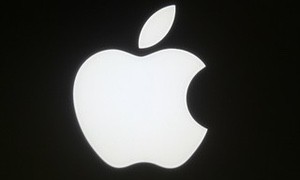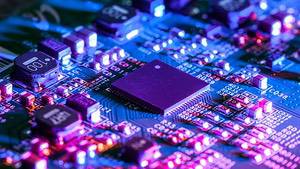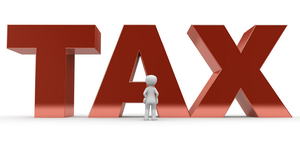04/05/25 10:09
Apple Inc. is currently facing significant market challenges following the recent imposition of substantial tariffs on Chinese imports by the U.S. administration. These tariffs, which include a 54% effective rate on Chinese goods, directly affect Apple's supply chain due to its reliance on Chinese manufacturing.
In response, Apple's stock has experienced a notable decline. On April 3, 2025, shares fell approximately 9%, and the downturn continued on April 4, with a further 7.3% drop, closing at $188.38. This represents a cumulative two-day decline of over 16%, erasing nearly nine months of gains and reducing the company's market capitalization by approximately $300 billion.
Analysts are expressing concerns about the potential financial repercussions for Apple. To offset the increased costs from the tariffs, the company may need to raise U.S. hardware prices by about 30%, which could dampen consumer demand and further affect profit margins.
Alternatively, absorbing the additional costs could lead to a significant reduction in earnings per share, with estimates suggesting a potential decrease of up to 26%.
The situation is further complicated by China's retaliatory tariffs, which impose a 34% levy on U.S. imports. This escalation in the trade dispute adds pressure on Apple's operations in Greater China, a critical market for the company.
In light of these challenges, Apple faces difficult strategic decisions:
Price Adjustments: Increasing product prices to pass on tariff costs to consumers, which may affect sales volumes.
Supply Chain Diversification: Accelerating efforts to shift manufacturing to other countries, though this process is time-consuming and may not provide immediate relief.
Absorbing Costs: Accepting reduced profit margins in the short term to maintain market share and customer loyalty.
The coming months will be critical for Apple as it navigates these tariff-induced challenges and seeks to stabilize its financial performance and stock value.04/04/25 10:44
In the wake of President Donald Trump’s announcement on April 2, 2025, imposing a 10% tariff on all imports—with higher rates for specific countries—the U.S. stock market has experienced significant losses, and American consumers are bracing for increased costs across various goods and services.
Stock Market Impact
The tariffs have led to substantial declines in major stock indices:
• S&P 500: Experienced a 4.8% drop, marking its worst day since the 2020 pandemic-induced downturn.
• Dow Jones Industrial Average: Fell by 1,679 points, a 4% decrease, closing at 40,546.
• Nasdaq Composite: Declined by 6%, reflecting significant losses in technology stocks.
Collectively, these declines resulted in a loss of approximately $3.1 trillion in market value, representing the largest one-day decline since March 2020.
Consumer Cost Implications
The newly imposed tariffs are expected to have a pronounced impact on American consumers, with projections indicating:
• Annual Household Costs: An increase of up to $3,800 per household, as estimated by Yale’s Budget Lab.
• Specific Goods:
• Apparel: Prices may rise by approximately 17%.
• Fresh Produce: An anticipated increase of about 4%.
• Vehicles: Costs could surge by 8.4%, potentially adding around $4,000 to the price of a new car.
These increases function as a regressive tax, disproportionately affecting lower- and middle-income households due to their higher proportional spending on essential goods.
Industry Responses
In anticipation of rising costs, several companies have signaled potential price increases:
• AutoZone: Expects manufacturing costs to rise substantially, potentially increasing vehicle prices by $4,000 to $12,000.
• Walmart and Target: Anticipate higher prices, especially in produce and essential goods.
• Best Buy: Foresees electronics prices rising due to the global nature of their supply chain.
Conclusion
The recent tariffs have led to immediate and substantial declines in the stock market, erasing trillions in market value. For consumers, the tariffs are projected to result in significant cost increases across a range of goods and services, with lower-income households bearing a disproportionate burden. As companies adjust to these new economic conditions, further price hikes and economic adjustments are anticipated in the near future.






















